Jacques Rougerie: Master of Aquatic Architecture
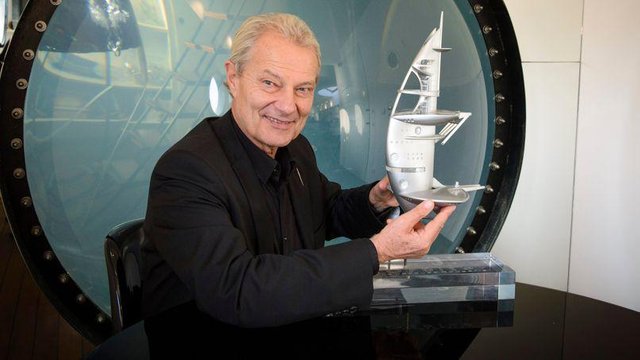
You read that right. Rougerie is among the very small club of men and women whose full time job it is to design structures that will go on or under the water. There's just not a terribly large market for that, so only so many people can make a career out of it. But Jacques Rougerie is the most famous and lauded of them all, for good reason.
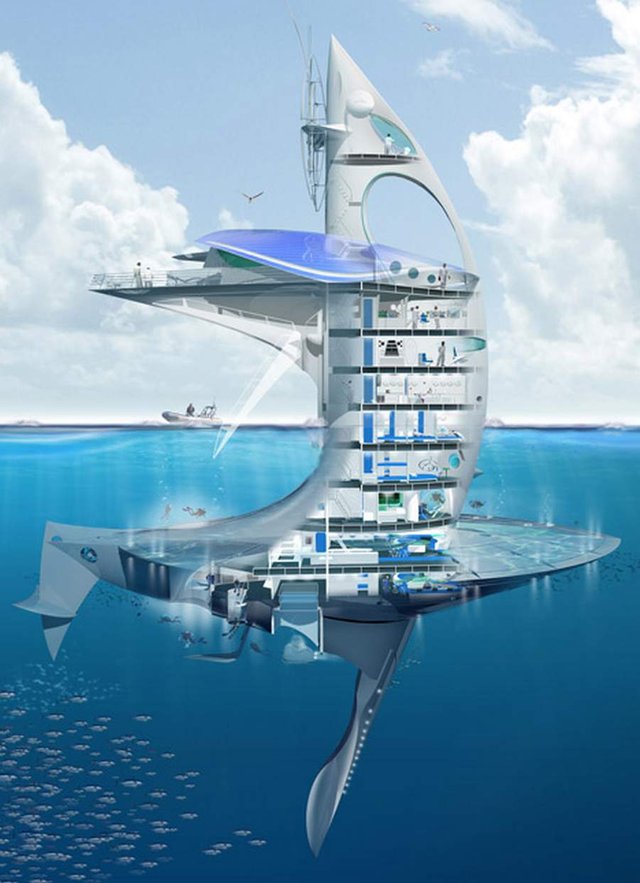
Jacques got a PR boost in recent years with the announcement of Sea Orbiter, a semisubmersible science vessel which will travel the world carrying out marine biology and climatology experiments. Half the vessel is underwater at all times, with immense windows looking out into the blue.
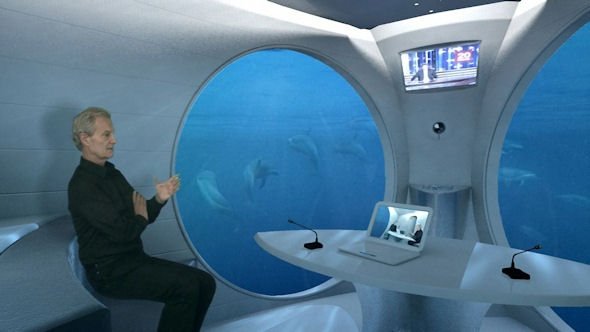
A saturation diving facility on the lowest level, accessible through a decompression chamber, can deploy and recover a two man submersible from 50 feet below the water line, which insulates it from storms. It is wholly solar and wind powered, hybridizing the features of a super stable buoy shaped ship with an underwater habitat like Aquarius Reef Base, only mobile.
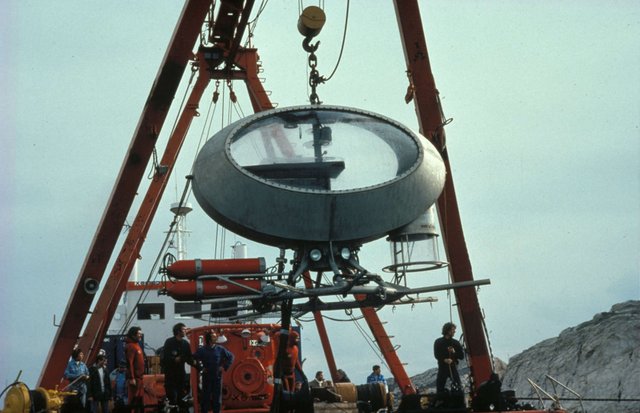
However Jacques has been at this for most of his life now, and many of his wilder designs have really been built. The Hippocampe (seen above) is one in a long line of modest two man undersea habitats meant to be left in place by a ship for long duration study of the seafloor environment around it.
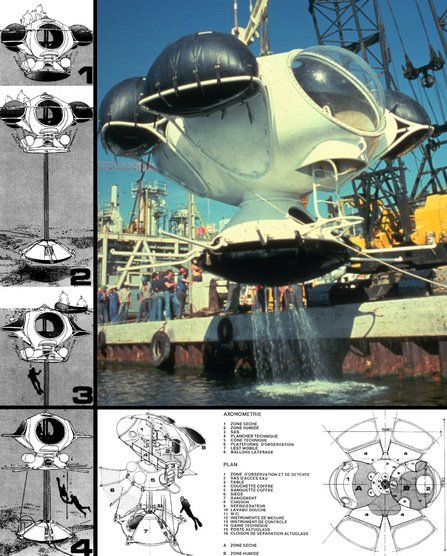
Likewise with the Galathee, which like many of his habitats resembles nothing more than an alien spacecraft. Rougerie's use of curvilinear forms makes elegant works of art, compared to underwater labs built by governments of the day which were typically ugly, industrial looking steel cylinders.
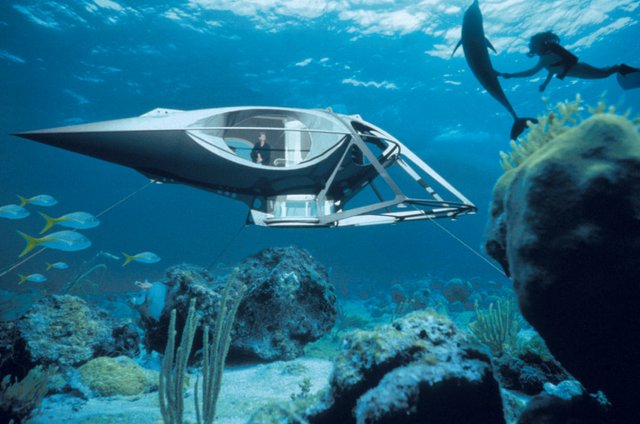
Aqualab is one of his designs which didn't get built. What a shame, as in my opinion it's one of the most beautiful. Featuring immense windows like his other habitat designs, because why go to live underwater only to peer out at it through tiny portholes? Why build such a fantastical structure at all without making it beautiful?
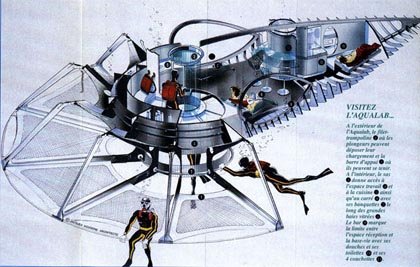
This design philosophy brings to mind something once said by R. Buckminster Fuller. "When I am working on a problem, I never think about beauty but when I have finished, if the solution is not beautiful, I know it is wrong." When designing an airplane, if the result isn't beautiful, odds are good it isn't aerodynamic.
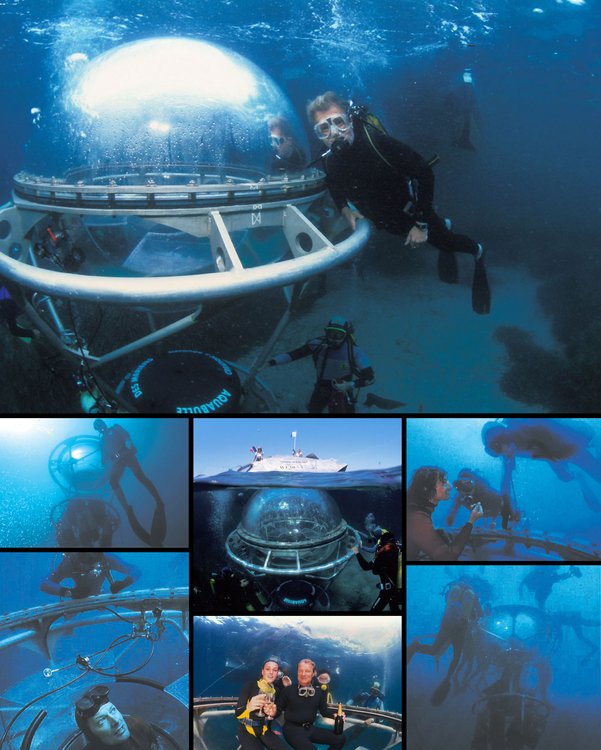
Likewise, when building something to go into the water, if it doesn't have the distinctive look of something which can withstand buoyancy stress, you're gonna have a bad time. Aquabulle (seen above) is a good example of this, the shape not designed to withstand a pressure differential as you might expect, but to hold down a big bubble of air for divers to surface within.
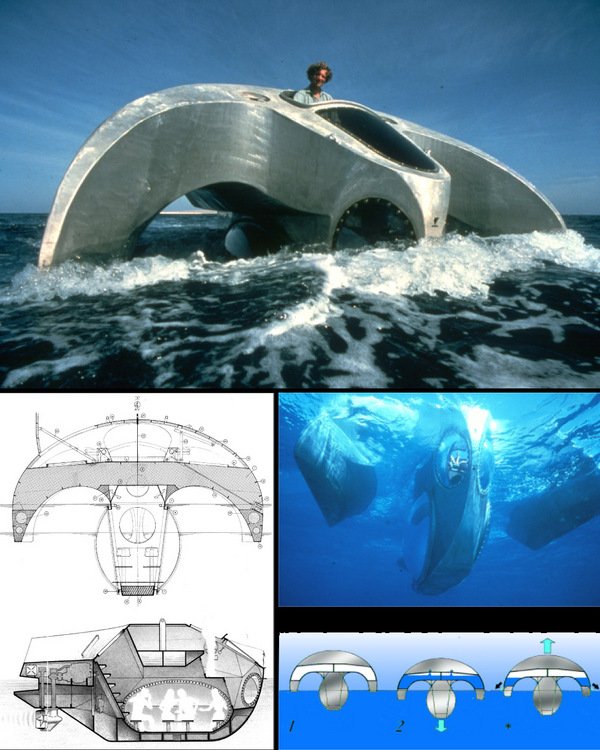
Not all of Jacque's inventions went fully underwater. Like the Sea Orbiter, the Aquascope was a semisubmersible watercraft, but most of which was submerged. This afforded a passenger cabin below the water line with immense windows on all sides through which to observe the undersea world, like a glass bottomed boat on steroids.
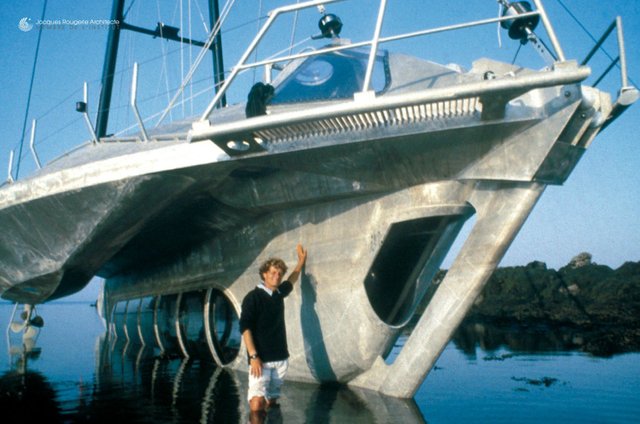
So it was with the Aquaspace trimaran, an iterative step between the Aquascope and the Sea Orbiter. Now a full blown sailboat, but the bulk of the living space onboard was below sea level and replete with luxurious huge windows that would immerse you in the radiant blue of the shallow sea without getting wet.
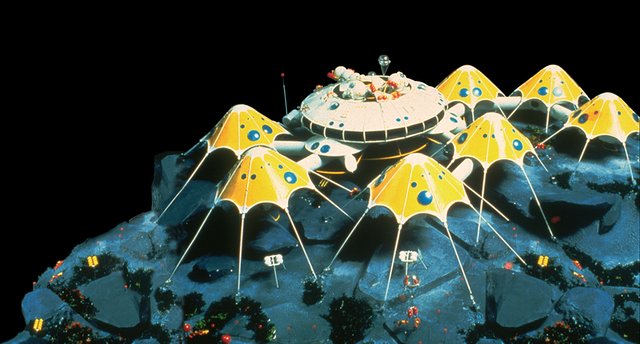
But none of his designs, even Sea Orbiter, have been as ambitious as his concept for an autonomous undersea research colony. The 'village sous-marin' would have a disc shaped man lab complex and several individual residential bubbles for crew, held down by a membrane stretched over each one, the edges of which would be moored to seafloor pilings by strong cable.
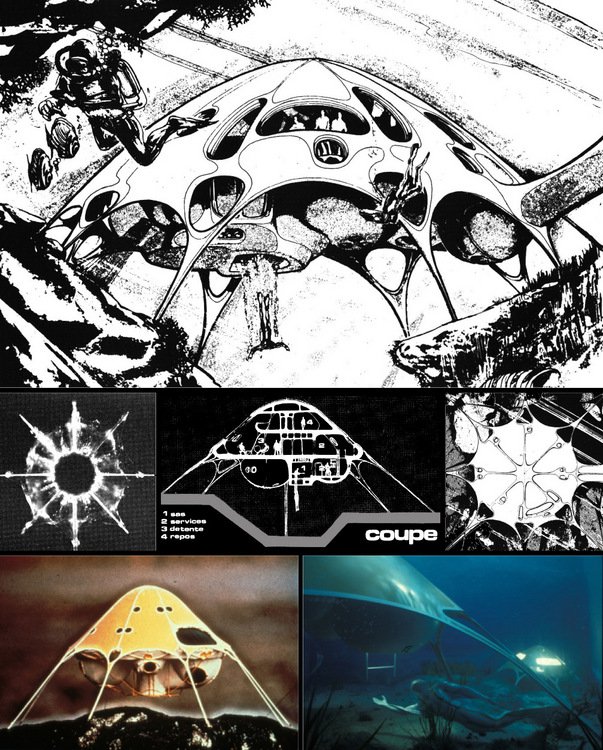
Even a single residential "bubble" would be among the largest undersea habitats ever built. The entire complex would represent an unprecedented forward leap in undersea habitation technology, dwarfing even the interior volume of the ISS. It's doubtful if this will ever be built, much as I hate to say it.

Sea Orbiter, however, is already under construction. At 71, some might worry Jacques Rougerie's best days and grandest achievements are behind him. But the grand architect of the undersea frontier isn't done yet. For Jacques Rougerie, the future is still boundless, bright, and blue.
It all looks so difficult to construct.
This guy is born to early
Yup. I feel that way sometimes too.
Looks more like an alien spacecraft.
Great architecture and creativity!